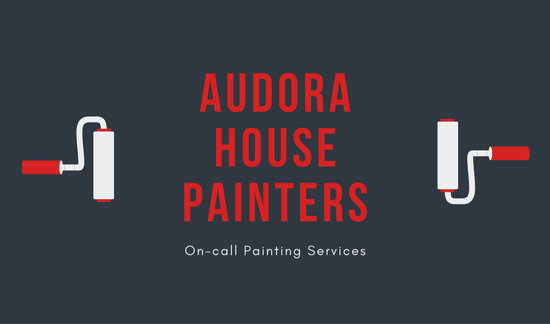Elements To Consider For Business Outside Painting By Season: Crucial Details You Need To Have
Elements To Consider For Business Outside Painting By Season: Crucial Details You Need To Have
Blog Article
Created By-Burnham Urquhart
When you're preparing a business external paint task, seasonal aspects can make or break your outcomes. You'll intend to consider how temperature level and humidity effect paint application and drying times. Selecting the best season can guarantee your paint sticks effectively and lasts longer. But which seasons are absolutely the most effective for this sort of work? Let's discover the crucial elements that can affect your project's success.
The Effect of Temperature Level on Paint Application
When you're intending a commercial external paint project, the temperature level can significantly affect how well the paint sticks and dries out.
Ideally, you want to paint when temperatures vary in between 50 ° F and 85 ° F. If it's as well chilly, the paint might not cure appropriately, causing issues like peeling or splitting.
On the other hand, if it's also warm, the paint can dry out also quickly, avoiding correct attachment and causing an unequal surface.
You need to also take into consideration the time of day; early morning or late afternoon provides cooler temperature levels, which can be a lot more beneficial.
Always inspect the producer's recommendations for the specific paint you're utilizing, as they typically supply guidance on the excellent temperature variety for optimum outcomes.
Humidity and Its Result on Drying Times
Temperature level isn't the only ecological variable that influences your industrial exterior painting project; moisture plays a substantial function as well. High humidity levels can decrease drying times significantly, affecting the overall high quality of your paint task.
When the air is saturated with wetness, the paint takes longer to cure, which can result in issues like poor adhesion and a greater risk of mildew growth. If you're repainting on a particularly damp day, be planned for prolonged wait times in between coats.
It's vital to check neighborhood weather conditions and plan accordingly. Ideally, go for humidity degrees in between 40% and 70% for optimum drying out.
Keeping https://interiorpaintersnearme66655.blog-ezine.com/35178485/the-ultimate-overview-to-working-with-a-paint-contractor consider mind ensures your task stays on track and delivers a lasting finish.
Best Seasons for Commercial Outside Painting Projects
What's the most effective time of year for your industrial exterior paint tasks?
Springtime and very early fall are typically your best choices. During click here , temperature levels are mild, and moisture degrees are usually lower, developing optimal conditions for paint application and drying out.
Avoid summer season's intense heat, which can cause paint to dry also swiftly, leading to poor bond and surface. In a similar way, winter season's chilly temperature levels can impede proper drying and treating, running the risk of the longevity of your paint task.
Go for days with temperature levels in between 50 ° F and 85 ° F for optimal outcomes. Remember to inspect the neighborhood weather prediction for rain, as damp problems can destroy your project.
Planning around these aspects guarantees your paint project runs efficiently and lasts much longer.
Final thought
To conclude, planning your industrial external painting tasks around seasonal factors to consider can make a significant distinction in the outcome. By organizing work during the optimal temperature levels and moisture levels, you'll guarantee much better attachment and drying times. Remember to watch on local weather forecasts and choose the right time of year-- springtime and very early fall are your best options. Taking these steps will help you accomplish a durable and professional surface that lasts.
